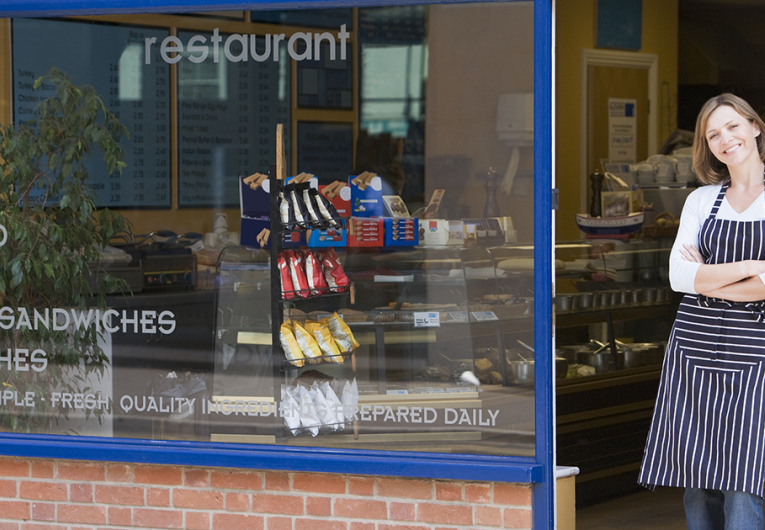
Geography as Your Guide to Business
When running a small business, it’s tempting to sell to anyone who will buy. After all, everyone can use what you offer, right? Even if that were true, few small businesses have the resources to market to everyone. A more efficient strategy is to segment your market. That way you reach the most promising customers with the right message. Here’s how to put geographic segmentation into action for your small business.
The Basics
The idea behind segmentation is simple. Divide a larger market into smaller parts based on common characteristics. One way is to use demographics—grouping people based on their age, gender, income or geography (place of residence).
Where a person lives can reveal a lot. For example, suburban dwellers generally tend to be couples with children. That means they’re looking for child-centered items like daycare, family-friendly dentists, or school supplies.
If you offer these products or services, this might be an effective geographic market to target. You can customize your promotional messages to people who need what you offer. That’s a more cost-efficient use of your marketing dollars.
Geography in Action
Geographic segmentation can be applied in a number of ways to more effectively communicate with your audience. Here are some examples used by small businesses:
- Becoming a Man (or Woman) for All Seasons – If you market to a wide geographic area, it’s important to get the season right. During January, your customers in Phoenix have different needs than those in Fargo. So target your digital communication accordingly. Segment your email lists by ZIP code. Feature wool socks in emails to customers in colder locations while promoting sunglasses in warmer cities.
- Increasing Foot Traffic – Geotargeting lets you vary the content on your website based on the user’s location. That’s especially important to your mobile traffic. Some businesses use geolocation to offer specials to people who are within a five-mile radius of their retail store. Since they’re already in the neighborhood, potential customers may be more likely to pop-in and take advantage of the promotion.
- Making a Grand Entrance – Opening a new location? Make your grand opening even grander by using geographic segmentation. Target your promotion to areas surrounding your new store. For example, your Facebook post might announce that you’re the new kid on the block and offer “neighborhood” discounts. Facebook allows you to promote messages based on geographic location. So only people in the area of your new store see the ad.
- Keeping a Watchful Eye – Geosegmentation isn’t just a way for customers to learn about you. You can learn more about them, too. The data you collect from your website can help you uncover new markets. It can also be used for logistical planning. For example, a concentration of traffic in a given location might mean you could expand delivery service to that area.
Geographic segmentation helps small businesses reach the right customer with the right message. Combined with digital marketing tools like email, website analytics and social media, it can help your business spring into action.
The trends, insights, and solutions you need to grow your business.
By signing up, you’re subscribing to our monthly email newsletter, The
Wire. You may unsubscribe at any time.
Your information stays safe with us. Learn more about our privacy
policy.











![[#MSP_NAME#] Logo](/themes/sparklight_business/images/transition-logos/migration-banner-logo-[#MSP_CD#].png)
